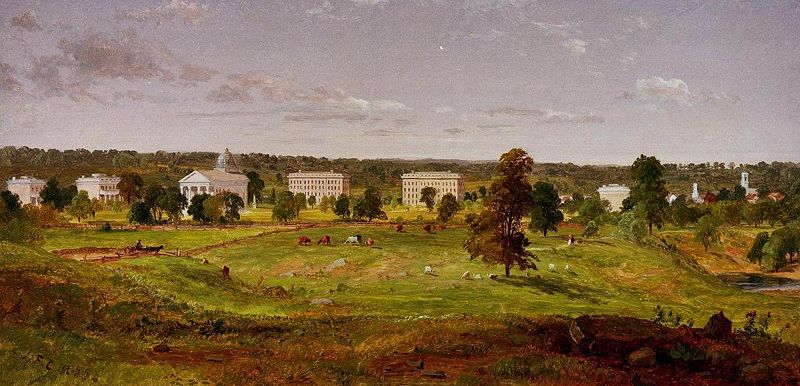The concept of a university as an institution of higher education developed in medieval Europe. Universities were originally formed as associations of teachers and scholars who came together to pursue and disseminate knowledge. The University of Bologna in Italy, founded in 1088, is often considered the oldest university in the world. The term “university” was later adopted to describe similar institutions that emerged in other parts of Europe.
In essence, the word “university” reflects the idea of a community of scholars engaged in the pursuit of knowledge across a wide range of disciplines. Since the Land Grant Act of 1862 (Morill Act), signed by Abraham Lincoln, provided federal land to the states for the establishment of public universities with a focus on agriculture, science, and engineering. Each state received a certain amount of federal land based on the number of senators and representatives it had in Congress. The states were then responsible for selling or using the land to fund the creation of colleges that emphasized practical education in agriculture and the mechanical arts. Accordingly, we often refer to college and university campuses with large concentrations of real assets to be built and maintained as “settlements”
The universities created under the Morrill Act have had a lasting impact on American higher education and have played a crucial role in the development of agricultural and technical expertise across the country. The list of colleges and universities listed below are where Standards Michigan Co-Founder received his formal education. Much has happened since.
Harvard University
Georgia Institute of Technology
Michigan State University
University of Michigan









